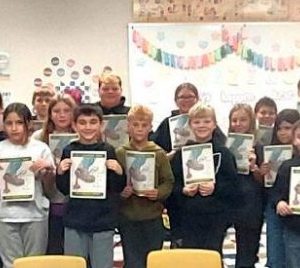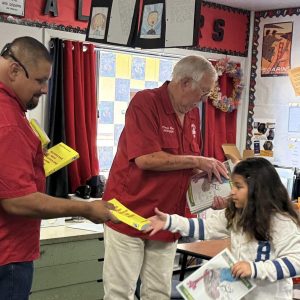What Dictionary Labels Like ‘Slang,’ ‘Dated,’ and ‘Regional’ Really Mean
What Dictionary Labels Like ‘Slang,’ ‘Dated,’ and ‘Regional’ Really Mean
When third-grade students receive a personal dictionary through The Dictionary Project, they aren’t just getting a tool for spelling or vocabulary. They’re gaining access to a rich resource full of history, cultural insight, and context—especially if they understand dictionary labels.
These small terms—like slang, dated, regional, offensive, or archaic—appear throughout dictionary entries and help users understand when, where, and how a word is used. And understanding these labels is essential, especially for students just beginning to explore language on their own.
Why Dictionary Labels Matter
Dictionary labels tell us about the usage, time period, geography, and tone of a word. Labels like informal, obsolete, or Southern U.S. are not just editorial notes—they’re signals. They show that language evolves, and they teach students that words have context.
For example, Merriam-Webster includes labels like:
-
Archaic: Once common, now rarely used (goody, thou)
-
Obsolete: No longer used at all (perdu)
-
Regional: Found mostly in a particular place (e.g., banquette for sidewalk in the Southern U.S.)
-
Offensive/Disparaging: Cautionary tags showing a word may hurt or alienate others
Similarly, the Oxford English Dictionary uses labels like dated, humorous, military slang, and derogatory. These help readers understand tone and setting, especially when reading literature or historical documents.
What Students Can Learn
Giving a child a dictionary opens the door to:
-
Understanding where words come from
-
Learning which words are appropriate in specific situations
-
Seeing how language evolves over time
-
Building empathy by recognizing which words can cause harm
These lessons in language awareness are essential for young learners, especially as they develop writing, reading, and communication skills. It’s one more reason why The Dictionary Project remains so relevant in a digital age.
Final Thought: From Print to Empowerment
When students flip through their own dictionary, they’re not just looking up words—they’re gaining insight into culture, change, and inclusion. Encouraging them to explore dictionary labels turns each lookup into a mini-lesson in history and empathy.
So the next time you give a dictionary, encourage students to explore the margins and footnotes too. That’s where language really comes alive.






